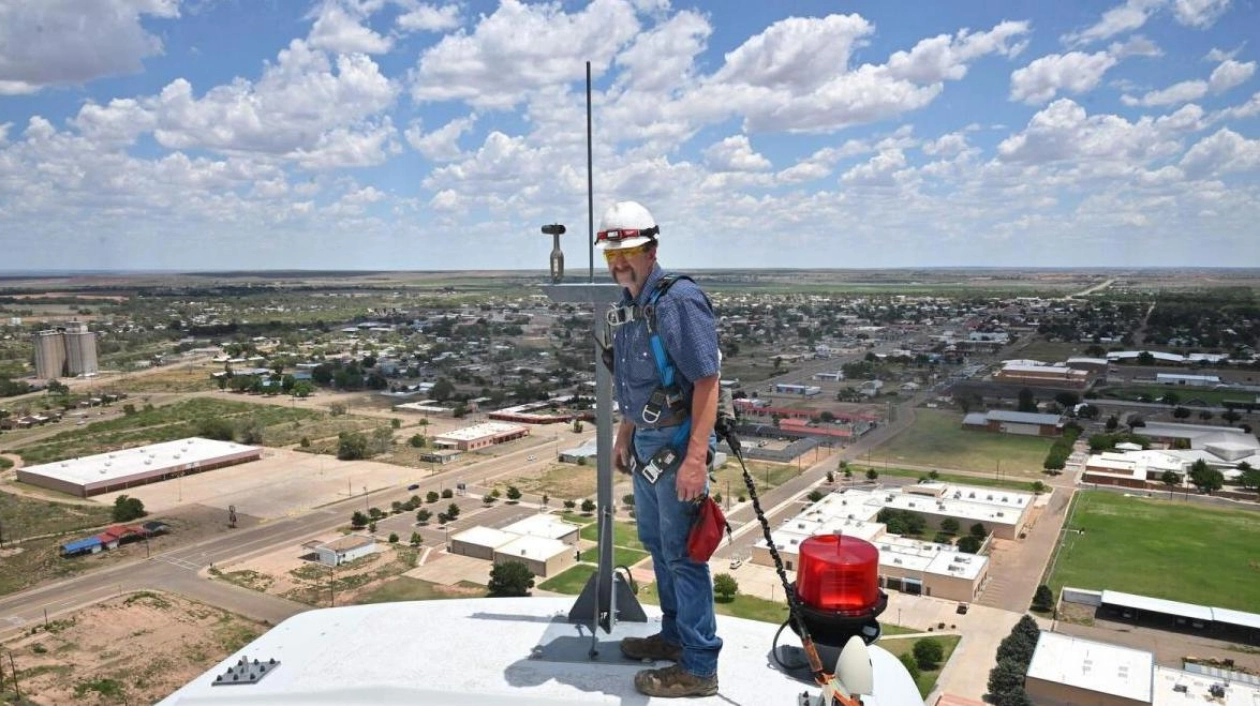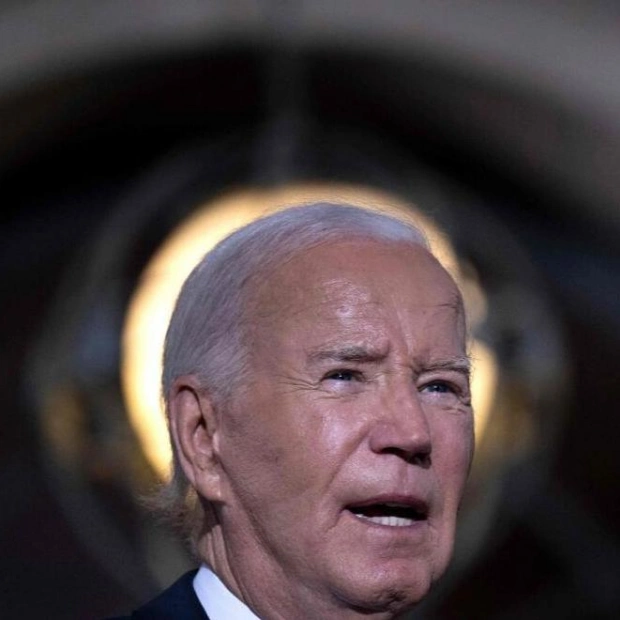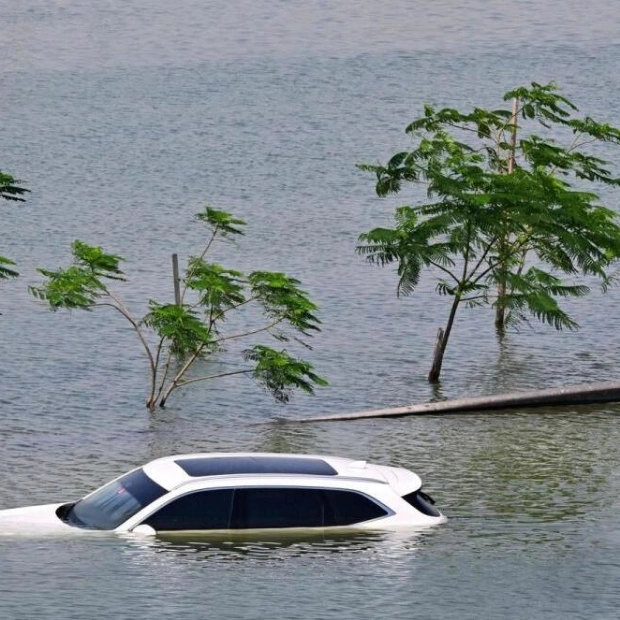Terrill Stowe, secured by a single safety harness, is comfortably perched 300 feet above the New Mexico plains on the edge of a wind turbine's generator. 'I've never had anyone fall in 14 years. Hopefully today's not the first,' he quips to AFP journalists who had a challenging climb up the 260-rung ladder beneath him.
This towering, isolated wind turbine dominates the small city of Tucumcari, located just a half-hour drive from the Texas border on the historic Route 66. Erected in 2008 at Mesalands Community College, it stands as one of the few operational turbines in the US where aspiring technicians can gain practical training to enter the rapidly expanding wind industry.
The industry's growth has been phenomenal. Currently, the United States boasts approximately 75,000 large turbines, generating enough electricity to meet the needs of about 40 million American households. Over the past decade, national wind capacity has more than doubled, prompting concerns about the industry's ability to train sufficient skilled workers to maintain the turbines.
'They're putting up more wind farms, and they don't have as many technicians as what they do wind farms,' Stowe explains. He trains between 10 to 20 students each semester, starting with ground-based simulations before they progress to working on the actual turbine's nacelle, or engine room, located at the heart of its three massive blades.
Stowe cautions potential trainees about the risks involved. 'I tell them if they're deathly afraid of heights, then they might not want to try this,' he advises. He describes the experience of being on a tower during windy conditions as akin to 'riding on a boat, back and forth... 100 meters in the air.'
The rapid expansion of the wind industry is attributed to reduced technology costs, enhanced generating efficiency, and supportive government policies such as President Joe Biden's Inflation Reduction Act. Among the recent graduates are Nathaniel Alexander and Kevin Blea, who, after training under Stowe, have returned to their former college as instructors.
'I'm all for clean energy,' says Alexander, 28, who joined immediately after high school. However, his primary motivations were the appeal of a physically demanding job and the prospect of a lucrative salary. A two-year degree, costing between $6,000 to $10,000, can lead to jobs offering annual salaries ranging from $50,000 to $90,000.
In this conservative corner of New Mexico, many are hesitant to acknowledge the Democrats' role in the industry's growth. Stowe, a Republican, reflects that the industry saw 'more of an upward trend' during Trump's presidency. Alexander acknowledges the recent tax credits as beneficial but remains indifferent to environmental politics, finding amusement in Facebook conspiracy theories about the wind turbine's diesel consumption.
Safety standards have significantly evolved over the years. Stowe reminisces about his early days in the field, working under extreme conditions. Today, climbers are grounded if weather conditions are uncertain. Despite the improvements, challenges persist, as Blea recounts a training incident where a fellow student vomited in his hard hat due to the turbine's violent swaying.
Despite the risks, the job offers unparalleled experiences. 'Being the first one up that tower, and seeing the views in the morning is just awesome,' says Alexander, appreciating the unique way it starts his day.






